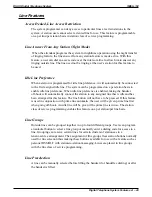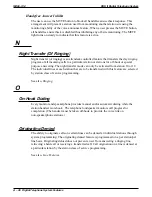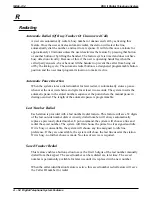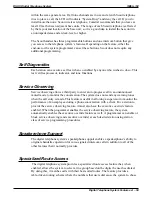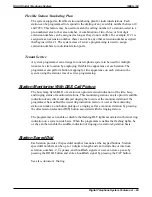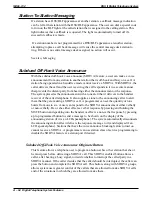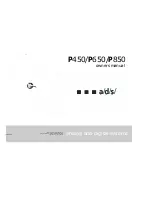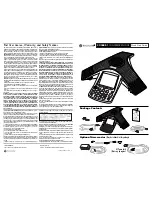
Programming Password Protection
No one can enter a programming mode to reprogram the system without first entering a
password. The system provides two different entry levels for programming and allows
for a different password for each entry. The two programming entry levels are the
installer level and the administrator level. Programmers can enter the installer level, using
the installer password, to perform all programming functions including major changes
such as master clearing and line type programming. They can enter the administrator
level, using the administrator password, to perform most programming functions except
those major changes just mentioned. Programmers can use the VDT programming
method to change the passwords from their default values as needed to provide security
against unauthorized program entries. They can do this when the system is initially
installed and programmed, or at any later time as needed. Additionally, programmers can
construct a password that will prevent all COS programming entry from station 10.
Customized passwords can be alpha-numeric or numeric only (no spaces allowed) and
must contain six characters. To retain the ability to enter programming from station 10,
programmers must maintain the I
✳
nnn
✳
format in the VDT password and enter only
numbers in the nnn entry; however, they must not enter a zero for the leading n. Once
customized, a password remains customized. Neither default nor master clear will erase
it. Programmers must use the new password to gain entry into the system for future
programming tasks. It is very important that someone keep a hard copy of the customized
password since it provides the only entry to system COS programming through either the
VDT or station 10. If no one can remember the customized password, the manufacturer
can provide emergency entry but there is a charge for this service. Otherwise, the installer
must disconnect all AC power and any battery back up equipment, wait at for an
extended period of time (up to several weeks) for the internal memory protection to
completely discharge, and reprogram the system using the default password to gain entry.
Pulse/Tone Switchable
The programmer can program the system on a per line basis using the line class of
service programming to allow the stations to switch from pulse to DTMF type dialing as
needed. Alternately, she or he can program the system to only allow tone dialing.
DSU II Digital Telephone System
IMI66–132
Digital Telephone System Features A – 53
Summary of Contents for DSU II
Page 31: ......





